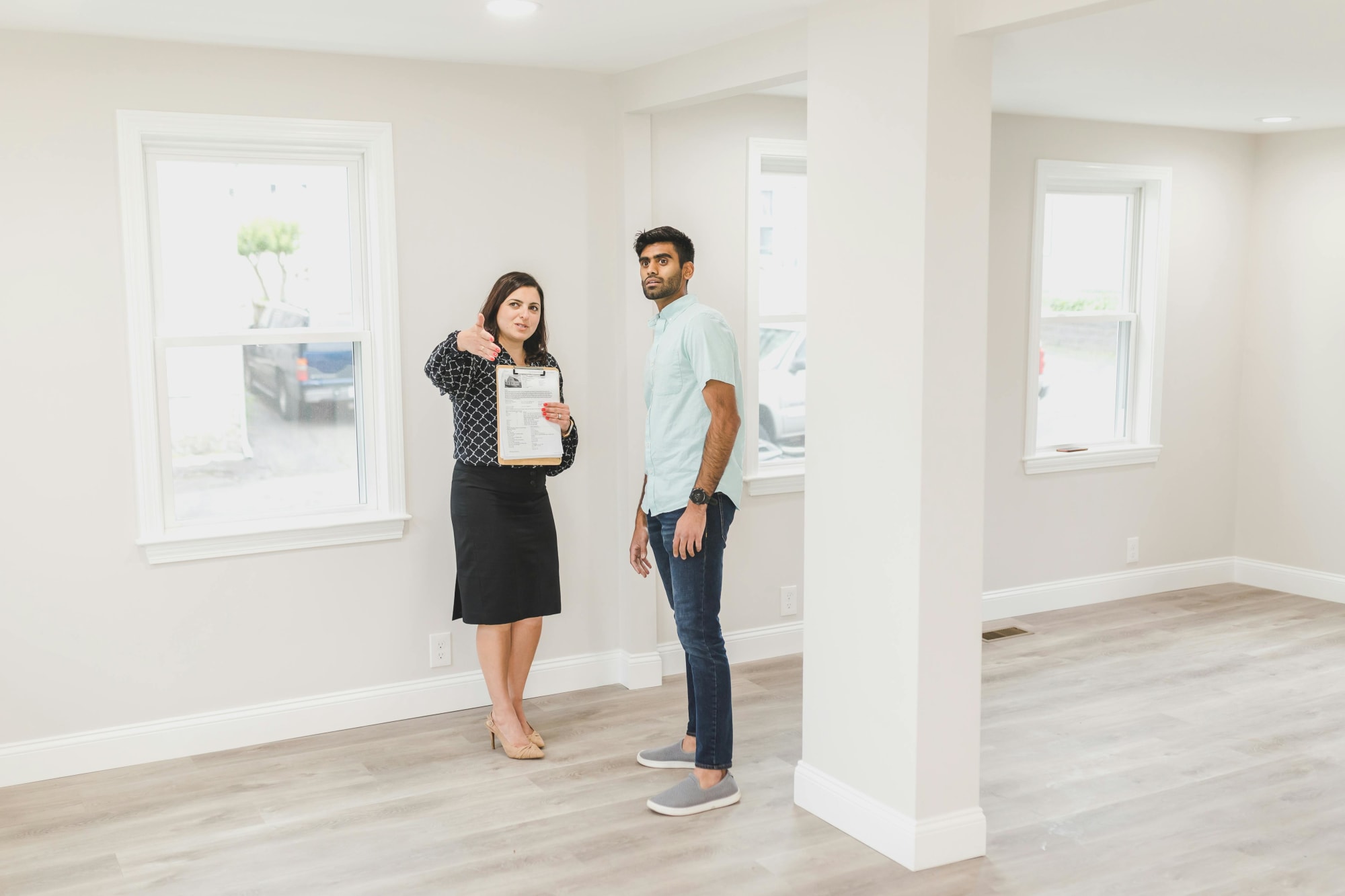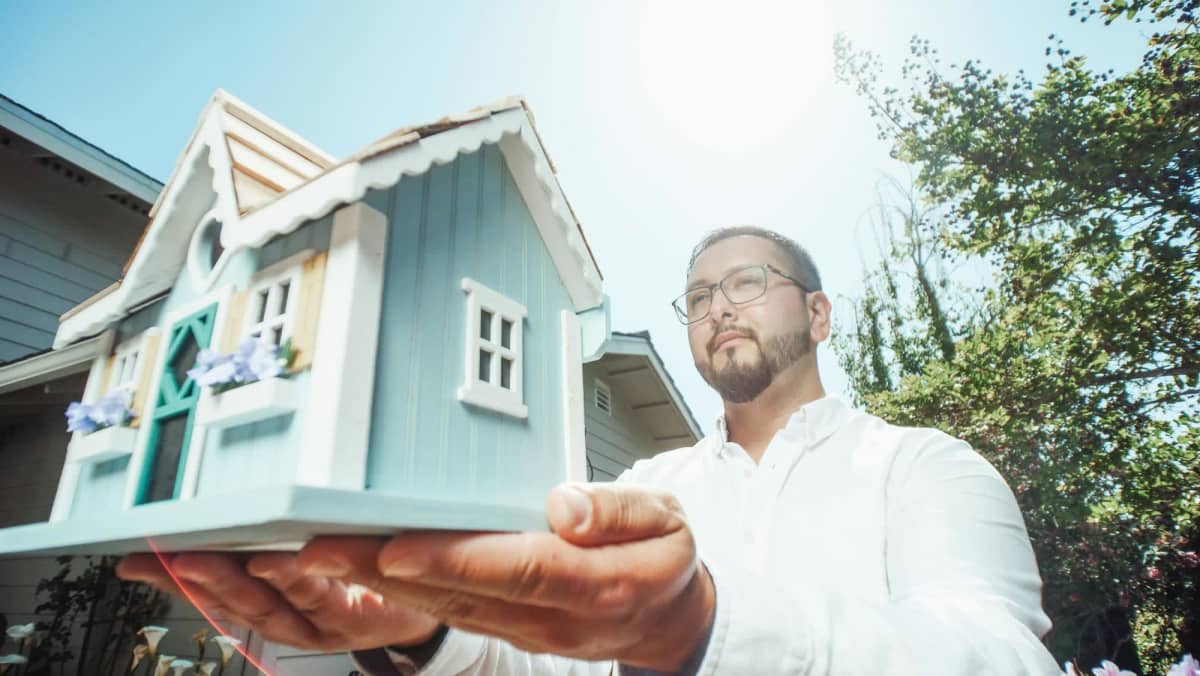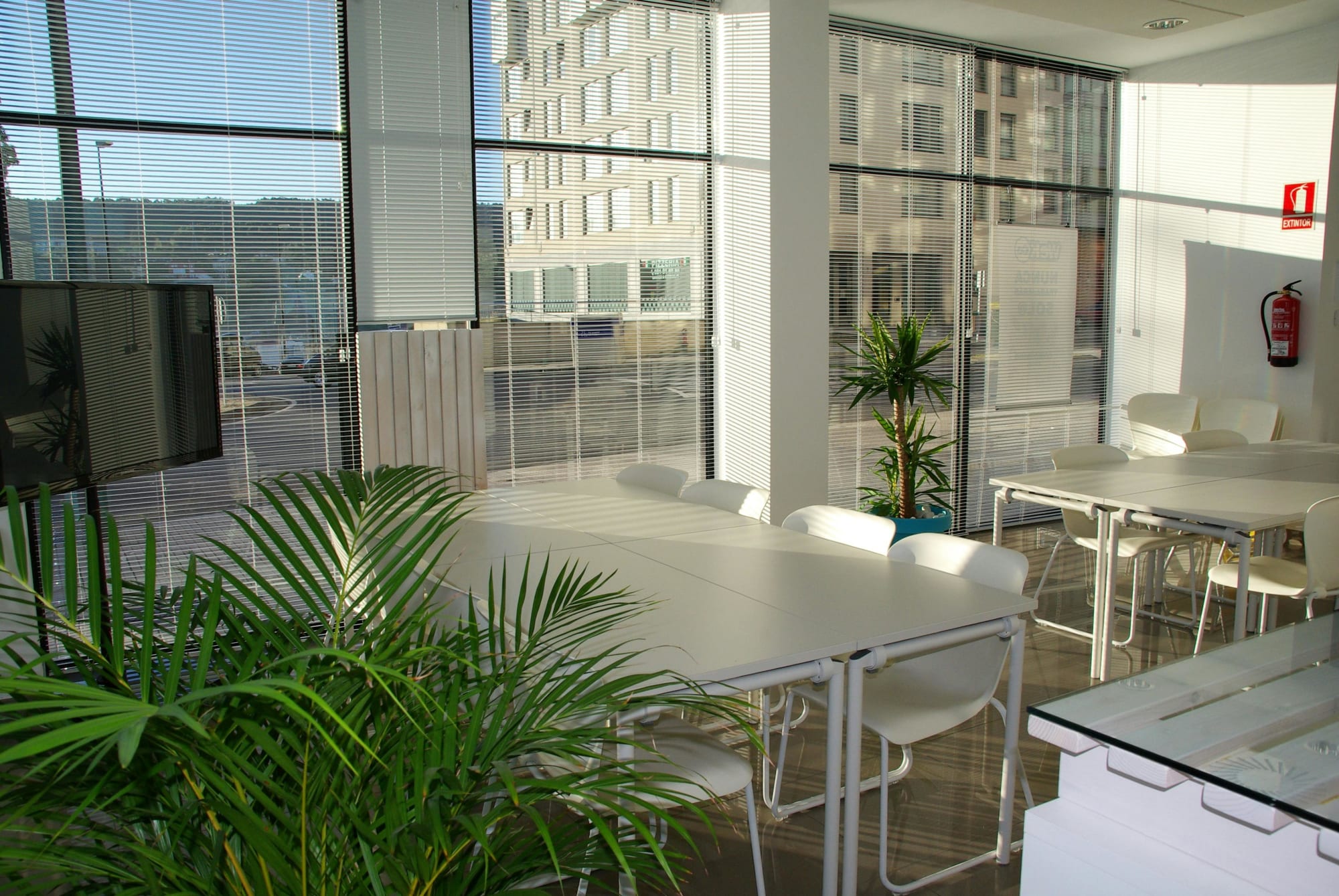Invest
First home buyers need almost 11 years to save for a deposit
Saving for a deposit is taking longer than ever, according to a new report on housing affordability.
First home buyers need almost 11 years to save for a deposit
Saving for a deposit is taking longer than ever, according to a new report on housing affordability.

New analysis of Australia’s property market has found that households must now save 15 per cent of their gross annual income for 10.8 years to be able to afford a 20 per cent house deposit.
The latest ANZ CoreLogic Housing Affordability report also found that it would take households nine years to save for a deposit on a unit.
In the 12 months to October, property prices have risen 21.6 per cent and several indicators of housing costs have now reached record highs, according to the two firms.
Senior ANZ economist Felicity Emmett said that the most substantial increases were recorded for the deposit hurdle and home values relative to income, while mortgage serviceability had been less impacted due to low-interest rates.

“The number of loans taken out by first home buyers fell 27 per cent between January and September 2021 as housing values increased at a much faster pace than household incomes,” said Ms Emmett.
ANZ and CoreLogic found that the national dwelling value to income ratio reached a record high of 7.7 in the June quarter, well above the decade average of 6.3.
The portion of income required to service a new mortgage based on a median dwelling value reached 37.2 per cent nationally in June, the highest level in almost a decade.
This figure climbed to 49.1 per cent in Sydney and 41.2 per cent in Melbourne, the two most expensive capital city markets.
It is cheaper to service a mortgage than rent in a growing number of areas of the country, according to the report.
The portion of income required to pay rent rose to a record 32.7 per cent in regional areas compared to 28.2 per cent in the capital cities.
“As borders reopen and workers return to the city, we can expect to see some of these regional affordability constraints start to ease,” said Ms Emmett.
“However many challenges will remain, especially for those looking to enter the market, with significantly higher deposits, a tightening of lending restrictions, and higher mortgage rates all features of the 2022 housing market.”

Property
Young buyers poised for a comeback as 5% First Home Guarantee takes effect
In a move set to reshape the Australian property landscape, the government’s revamped First Home Guarantee is poised to open the doors of homeownership to a new generation of young AustraliansRead more

Property
AFG Securities waives settlement fees for first-home buyers, signalling strategic shift
In a strategic move aimed at easing the financial burden on first-home buyers, AFG Securities has announced the elimination of settlement fees on select loans, potentially saving customers up to $699Read more

Property
From trust woes to wealth: Australian agencies' secret to boosting prices
In Australia’s residential market, trust is no longer a nice-to-have—it’s a pricing variable. Persistent distrust of real estate agents is depressing vendor outcomes and inviting regulatory heat, but ...Read more

Property
Reality check for first home buyers: Affordable suburbs with 5% deposit
In a significant development for Australian first home buyers, a new property search tool from Aussie Home Loans is set to transform the way prospective homeowners approach the market. As the Federal ...Read more

Property
Trust as a performance multiplier in Australia's real estate market
In Australia’s A$10–11 trillion housing market, trust is emerging as a crucial factor that sellers and agencies can no longer afford to overlook. Traditionally viewed as a soft metric, trust is now ...Read more

Property
LJ Hooker Lake Macquarie makes a splash with Belmont buy as real estate consolidation looms
LJ Hooker Lake Macquarie’s acquisition of the Belmont office, including its rent roll, is less about shopfronts and more about balance‑sheet resilience. In a market where listings ebb and flow with ...Read more

Property
Twice the demand: the case study behind Melbourne’s first‑home buyer surge
Melbourne has quietly engineered one of Australia’s most consequential housing turnarounds, with first‑home buyer demand running at roughly double the national pace and four of the top five buyer ...Read more

Property
First‑home buyers now anchor Australia’s mortgage growth — but the risk maths is changing
Great Southern Bank’s revelation that nearly one in three of its new mortgages went to first‑home buyers is not an outlier. It is the leading edge of a broader market realignment powered by government ...Read more

Property
Young buyers poised for a comeback as 5% First Home Guarantee takes effect
In a move set to reshape the Australian property landscape, the government’s revamped First Home Guarantee is poised to open the doors of homeownership to a new generation of young AustraliansRead more

Property
AFG Securities waives settlement fees for first-home buyers, signalling strategic shift
In a strategic move aimed at easing the financial burden on first-home buyers, AFG Securities has announced the elimination of settlement fees on select loans, potentially saving customers up to $699Read more

Property
From trust woes to wealth: Australian agencies' secret to boosting prices
In Australia’s residential market, trust is no longer a nice-to-have—it’s a pricing variable. Persistent distrust of real estate agents is depressing vendor outcomes and inviting regulatory heat, but ...Read more

Property
Reality check for first home buyers: Affordable suburbs with 5% deposit
In a significant development for Australian first home buyers, a new property search tool from Aussie Home Loans is set to transform the way prospective homeowners approach the market. As the Federal ...Read more

Property
Trust as a performance multiplier in Australia's real estate market
In Australia’s A$10–11 trillion housing market, trust is emerging as a crucial factor that sellers and agencies can no longer afford to overlook. Traditionally viewed as a soft metric, trust is now ...Read more

Property
LJ Hooker Lake Macquarie makes a splash with Belmont buy as real estate consolidation looms
LJ Hooker Lake Macquarie’s acquisition of the Belmont office, including its rent roll, is less about shopfronts and more about balance‑sheet resilience. In a market where listings ebb and flow with ...Read more

Property
Twice the demand: the case study behind Melbourne’s first‑home buyer surge
Melbourne has quietly engineered one of Australia’s most consequential housing turnarounds, with first‑home buyer demand running at roughly double the national pace and four of the top five buyer ...Read more

Property
First‑home buyers now anchor Australia’s mortgage growth — but the risk maths is changing
Great Southern Bank’s revelation that nearly one in three of its new mortgages went to first‑home buyers is not an outlier. It is the leading edge of a broader market realignment powered by government ...Read more








